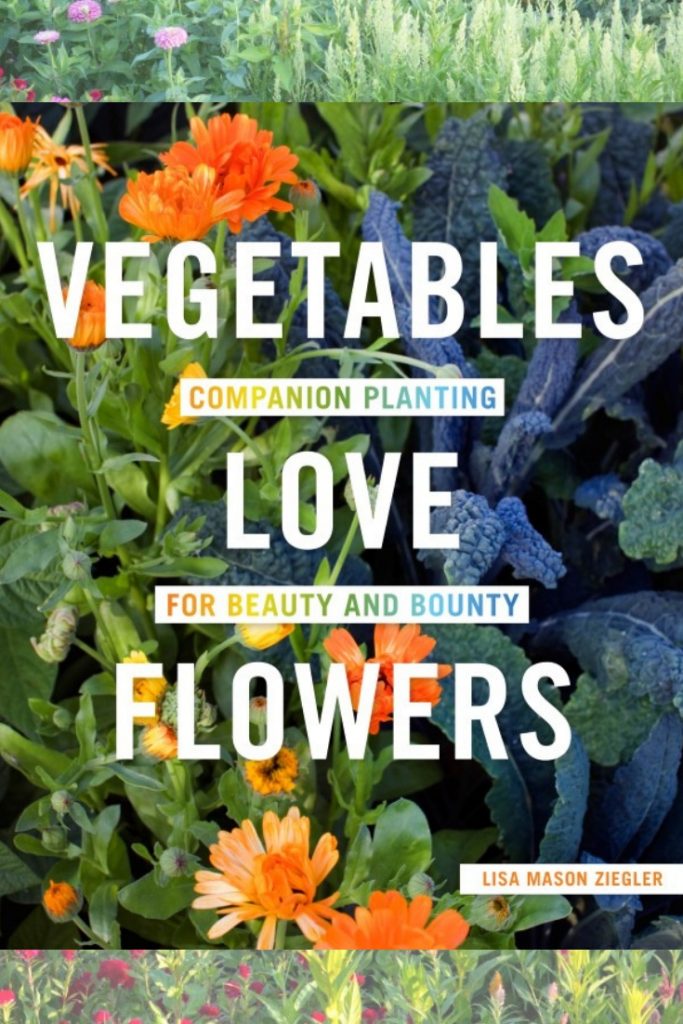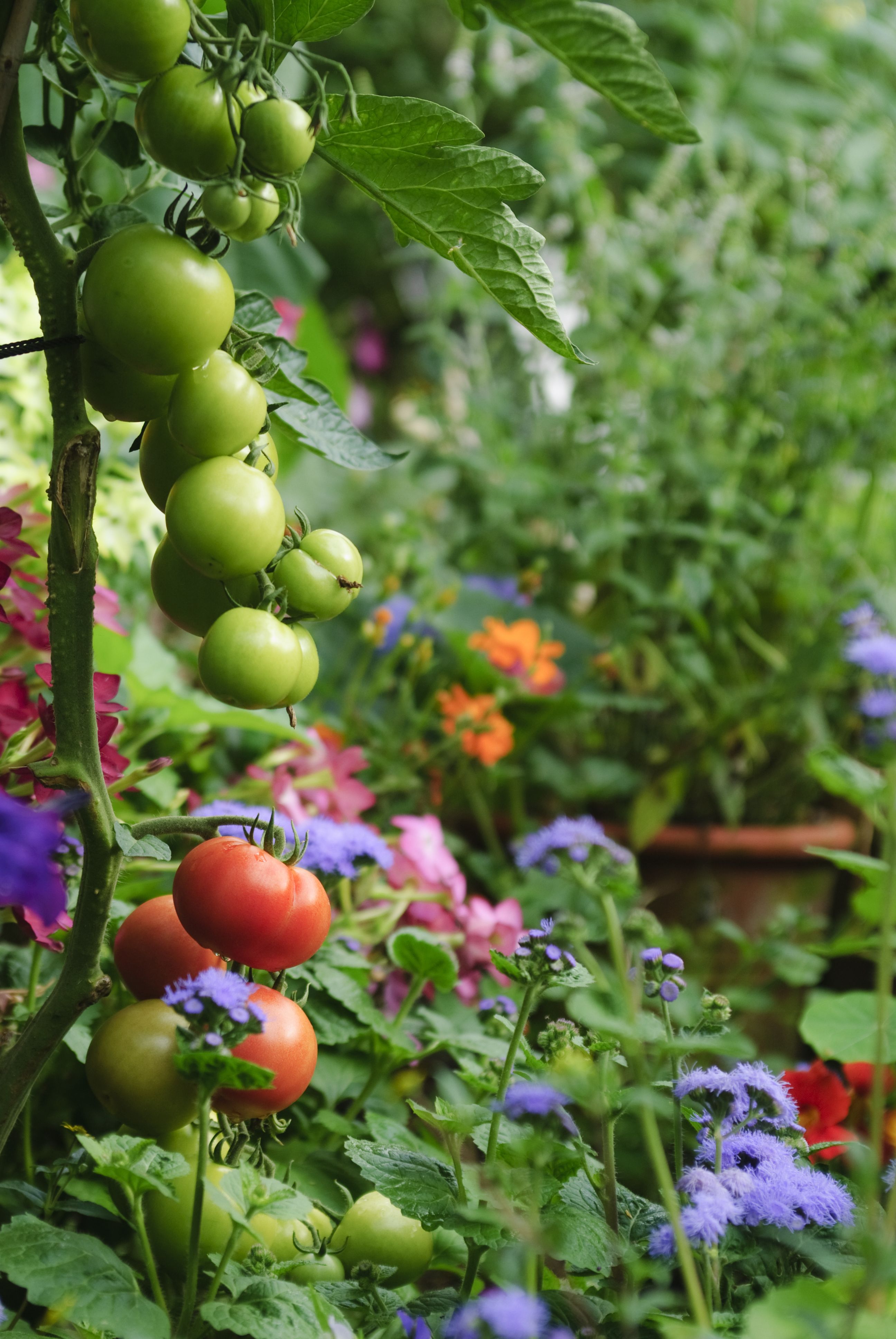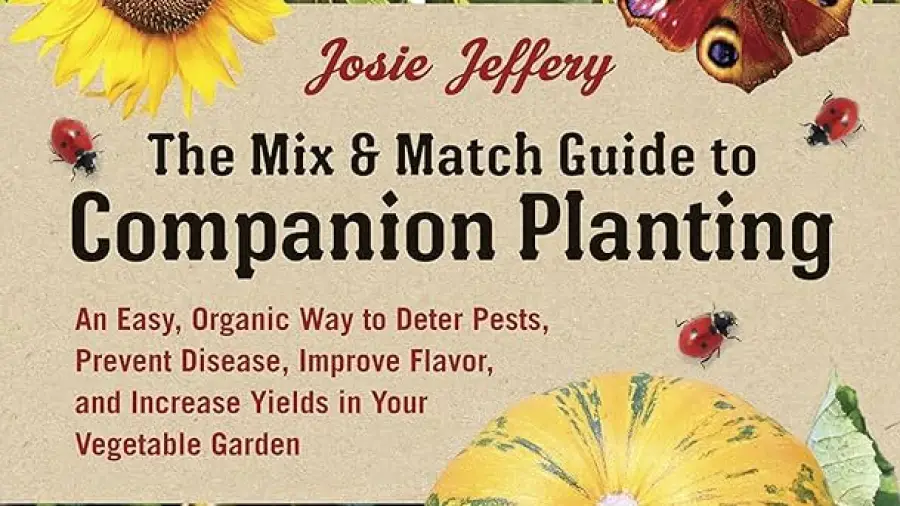Companion gardening pairs flowers with vegetables to enhance growth and deter pests. Marigolds and petunias, for example, provide natural pest control around tomatoes and other garden staples.
Gardening enthusiasts often find that incorporating flowers into their vegetable plots not only increases biodiversity but also helps in managing pests and improving pollination. By choosing the right combinations, gardeners create a symbiotic relationship where flowers can repel harmful insects while attracting beneficial ones.
Companion Gardening Flowers And Vegetables: This natural method reduces the need for chemical pesticides and fosters a healthier garden ecosystem. Marigolds are renowned for their ability to discourage nematodes and pests like cabbage worms, making them excellent neighbors for a variety of vegetable crops. Petunias serve as a useful ally in protecting beans and squash from pests. Understanding these dynamics is crucial for gardeners looking to optimize their harvests and cultivate a flourishing and sustainable garden that brings joy as well as bounty.

Credit: gardentherapy.ca
The Fundamentals Of Companion Gardening
Companion gardening, an age-old agricultural practice, is experiencing a resurgence among gardeners who seek a sustainable, productive approach to cultivating their gardens. This technique involves strategically placing flowers and vegetables together, creating a diverse ecosystem that reaps a multitude of benefits. Whether you have sprawling garden beds or modest containers, the fundamentals of companion gardening can boost the health and yield of your plants.
Understanding Companion Gardening
At its core, companion gardening is about relationships. Certain plants, when grown in proximity, can provide mutual advantages such as pest control, improved pollination, and better use of space. In understanding which plants thrive together, gardeners can design a garden that is more self-sustaining and harmonious.
Essential Principles Of Companion Flowers And Vegetables
- Attracting Beneficial Insects: Flowers such as marigolds and calendula draw in insects that prey on pests.
- Deterring Pests: Certain flowers can ward off unwanted insects, minimizing the need for chemical pesticides.
- Providing Shade or Support: Taller plants offer shade to sun-sensitive vegetables or can act as natural trellises for climbing plants like peas.
- Improving Soil Health: Some plants, such as legumes, fix nitrogen in the soil, benefiting their neighbors.
While designing your garden, consider each plant’s characteristics and how they might complement or hinder one another. Such strategic placement ensures the most favorable growth conditions.
Benefits Of Integrating Flowers In The Vegetable Garden
The inclusion of flowers in your vegetable garden brings an array of advantages. They enhance biodiversity, leading to a more resilient garden ecosystem. Here are a few significant benefits:
- Increased Pollinator Activity: Flowers attract bees, butterflies, and other pollinators swiftly, improving the pollination of vegetables.
- Improved Pest Management: By attracting beneficial insects and repelling pests, flowers can reduce the incidence of pest-related damages to vegetables.
- Aesthetic Appeal: Flowers add color, texture, and beauty to the garden, creating an inviting space for gardeners and visitors alike.

Credit: http://www.goodhousekeeping.com
Optimizing Your Garden: Best Companion Choices
Essential HTML Meta Tags for SEO
Gardening is not just about planting seeds and hoping they grow; it’s about creating a harmonious space where plants support each other to thrive. Enter companion planting, a method that aligns with nature’s patterns to bring out the best in your garden. The principle is simple: some plant combinations can deter pests, improve soil health, and even enhance flavor. Get ready to discover the top flower companions for key vegetable crops, as well as which combinations to avoid for a flourishing garden.
Top Flower Companions For Key Vegetable Crops
Integrating flowers into your vegetable garden can be a game-changer. Not only do they add a splash of color and beauty, but they also attract beneficial insects and repel pests. Here are some of the best flower companions for popular veggies:
- Marigolds: Ideal with tomatoes, peppers, and eggplants, as they deter root-knot nematodes.
- Nasturtiums: Plant alongside cucumbers and zucchini to ward off aphids and beetles.
- Calendula: A friend to brassicas like broccoli and kale, attracting pollinators and deterring pests.
Avoiding Detrimental Combinations In Your Garden
Just as there are allies in the plant kingdom, there are foes. Understanding which plants do not work well together is crucial for a thriving garden. Some combinations can inhibit growth or attract the same pests, leading to competition and imbalances. For example:
- Avoid planting dill near carrots as they can cross-pollinate and produce undesirable seeds.
- Keep fennel away from most vegetables; its allelopathic nature can hamper the growth of other plants.
Companion Planting Chart Overview And Practical Tips
For a quick reference to companion planting, a chart can be incredibly helpful. Here’s a simplified overview with practical tips to get you started:
| Vegetable | Companion Flowers | Comments |
|---|---|---|
| Tomatoes | Marigolds, Borage | Boosts growth and deters pests. |
| Cucumbers | Nasturtiums, Sunflowers | Attracts pollinators, repels aphids. |
| Peas | Roses, Sweet Alyssum | Roses can deter pea aphids; Alyssum attracts beneficial insects. |
Remember, when introducing flowers to your vegetable garden, consider light, water, and nutrient needs to ensure compatibility. Happy planting!
Advanced Strategies For A Flourishing Garden
Companion gardening is an age-old practice with numerous benefits for your vegetable plots. By pairing flowers and vegetables thoughtfully, gardeners can create a symbiotic ecosystem that not only yields abundant harvests but also nurtures a healthy garden environment. Let’s delve into advanced strategies that go beyond basic companion planting, ensuring your garden is not only surviving but thriving.
Leveraging Plant Synergies For Pest Control
Pest control can be a significant challenge in gardening, but employing the strategy of companion planting can be a game-changer. Certain plant combinations produce natural substances that repel harmful pests or attract predator insects that prey on them. This reduces the need for chemical pesticides and maintains an organic, balanced habitat for your vegetables. For instance, marigolds emit a substance from their roots that can deter nematodes, while nasturtiums attract aphids away from more vulnerable plants.
Maximizing Pollination And Plant Health With Floral Allies
Incorporating flowers such as lavender, borage, and cosmos into your vegetable garden can encourage pollinator visits. These flowers are not only attractive to human eyes but are also irresistible to bees, butterflies, and other pollinating insects. By having a diverse range of floral allies nearby, you improve the chances of your vegetables being pollinated, leading to a more substantial and consistent harvest.
Case Studies: Success Stories In Companion Planting
The proof of companion planting’s effectiveness is evident in numerous success stories from gardeners around the world. For example, a gardener in Austin, Texas reported that after introducing bee-friendly flowers adjacent to her cucumber plants, she observed a noticeable improvement in the quantity and quality of her cucumber harvest. Another gardener shared that by strategically planting garlic near his roses, he was able to reduce the incidence of rose pests without resorting to harsh chemicals.
:strip_icc()/purple-reigns-floral-vegetable-planter-D7q-J2Q145e92dy5xUEyfj-12f1e3f1ac5f42ebae0d5d996de5d914.jpg)
Credit: www.bhg.com
Frequently Asked Questions For Companion Gardening Flowers And Vegetables
What Vegetables And Flowers To Plant Together?
Plant marigolds with tomatoes to deter pests and nasturtiums with cucumbers for improved growth. Roses thrive with garlic, and zinnias attract pollinators beneficial to vegetable gardens.
What Flowers Should Not Be Planted With Vegetables?
Avoid planting oleander, foxglove, and gladiolus with vegetables; they are toxic and may hinder growth.
What Should You Not Plant Next To Each Other In A Vegetable Garden?
Avoid planting beans near onions and garlic. Keep brassicas like broccoli away from nightshades such as tomatoes. Don’t plant fennel near most other vegetables.
What Plants Grow Well Together Chart?
A companion planting chart suggests favorable plant pairings, like tomatoes with basil, carrots with onions, and marigolds with many vegetables to deter pests.
Conclusion
Embrace the beauty and diversity of companion gardening by integrating flowers with vegetables. This harmonious approach not only enhances your garden’s visual appeal but also fortifies plant health and productivity. By thoughtfully pairing the right flowers with your veggies, you reap the rewards of natural pest control, pollination, and vigor.
As our exploration concludes, remember that each plant you choose has a role to play in creating a flourishing and balanced garden ecosystem. Tend to your garden with this knowledge, and watch as it thrives in abundance and color.
(To learn about Organic Gardening : https://bonsainurserybd.com/organic-gardening-101/)
